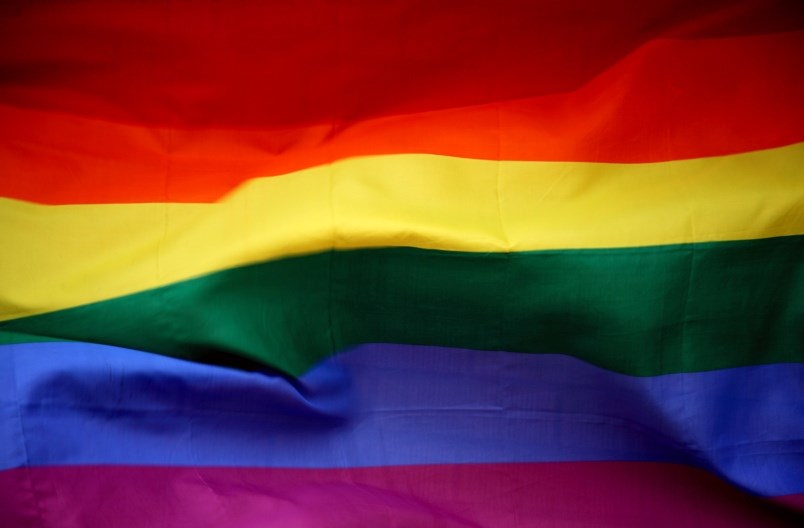Work remains in B.C. to ensure LGBTQ teens experience safer environments and fewer health risks than previous generations, according to a new report.
“Stigma and discrimination take time to change,” said the report's senior author Dr. Elizabeth Saewyc, a UBC professor and the executive director of the school's Stigma and Resilience Among Vulnerable Youth Centre (SARAVYC).
The report was done in partnership with the McCreary Centre Society.
“Although the picture looks a lot better for lesbian, gay and bisexual young people than 15 and 30 years ago, their lives are still not equal,” Saewyc said.
In 2018, 83% of B.C. youth aged 12 to 19 identified as straight; 5% as mostly straight; 6% as bisexual; 1% as gay or lesbian; and 4% were questioning their sexual orientation, states the report.
“There were differences in sexual orientation based on gender identity,” it said. “Around eight in 10 non-binary youth, two in 10 girls, and one in 10 boys identified as mostly straight, bisexual, gay or lesbian, or were questioning their sexual orientation.”
The research for the Not Yet Equal: The Sequel report found lesbian, gay and bisexual youth (LGB) were less likely to attempt suicide in 2018 than they were in 2008, although they were still more likely to consider or attempt suicide than their straight peers.
Gaps also narrowed between LGB and straight youth in getting pregnant or causing a pregnancy, in sexually transmitted infections, running away from home or recent cannabis use.
Meanwhile, research found LGB youth were more likely to be involved in art, music and drama extracurricular activities than their straight peers.
Report lead author Dr. Annie Smith, an adjunct professor with UBC’s school of nursing, said the proportion of lesbian girls reporting physical bullying dropped by more than half over the past 10 years.
McCreary and SARAVYC have been documenting LGB youth health trends for well over a decade, starting in 2007, with data from 1992 through 2003.
“In that first study, we showed that the health gaps between LGBTQ youth and their straight peers were linked to stigma and discrimination, with higher rates of bullying and abuse, and lower levels of family and school connectedness,” Smith said. “Now, 15 years later, we’re seeing progress in narrowing those health gaps, but there’s still more work needed.”
The report showed that sexual minority youth are still more likely to report unsafe home environments and to experience violence or abuse than straight youth.
And they are more likely to miss out on needed health care.
LGBTQ youth also reported less positive physical and mental health than their same gender straight peers. For example, only 43 per cent of mostly straight girls, 28 per cent of bisexual, 33 per cent of lesbian, and 56 per cent of questioning girls reported good or excellent mental health, compared to 71 per cent of straight girls.
However, spirituality appeared to be less important to some groups of sexual minority youth, particularly girls. For example, 37% of bisexual and 29% of lesbian girls felt that spirituality was at least somewhat important in their life, which was lower than the 43% of straight girls who felt this way.
Sexual minority youth continue to report a more positive health picture and plans for the future when they had supportive adults in their family, school and community, the research found.
“All young people benefit from caring families, safe and supportive schools, and caring adults in their community,” Saewyc said. “If we can keep focusing on inclusion and support across B.C., the lives and health of LGBTQ young people will continue to get better.”
The Canadian Institutes of Health Research funded research for the report.
The study used data from the B.C. Adolescent Health Survey from 2008, 2013 and 2018, each of which sampled around 30,000 students in grades 8 to12 across the province.



